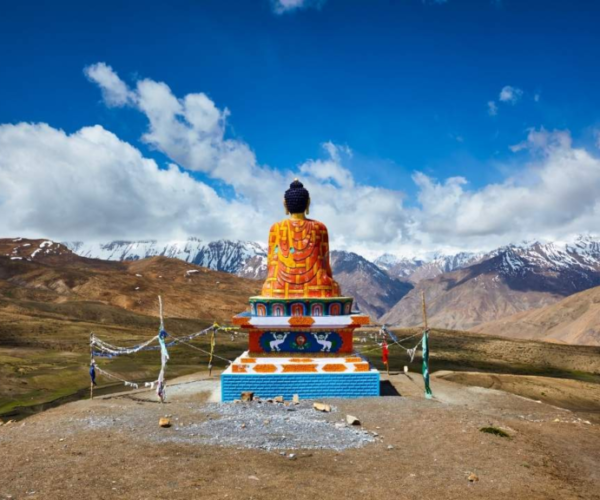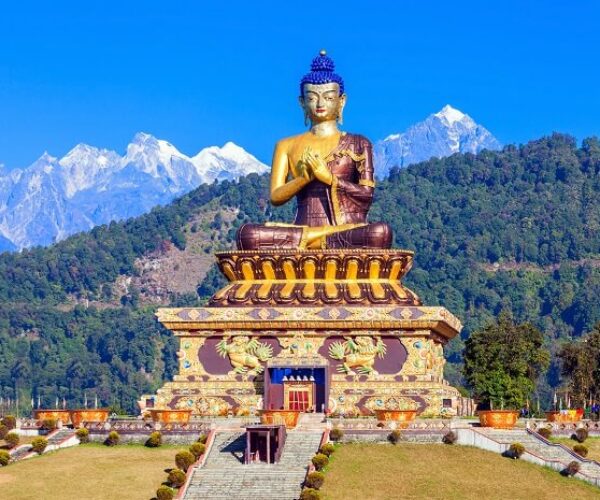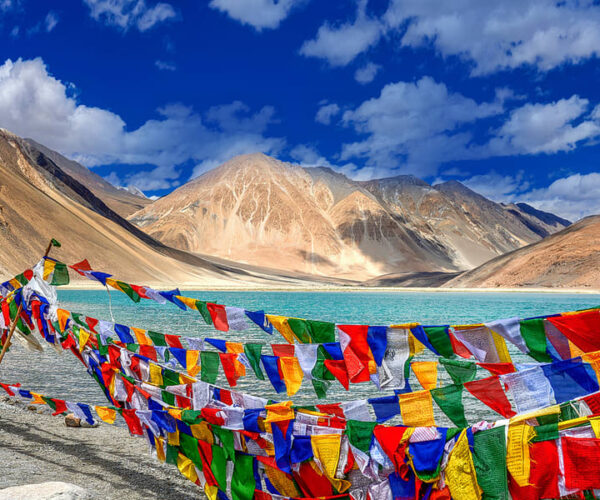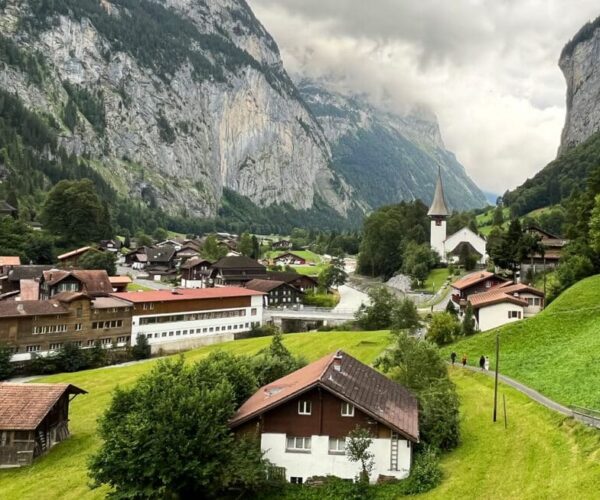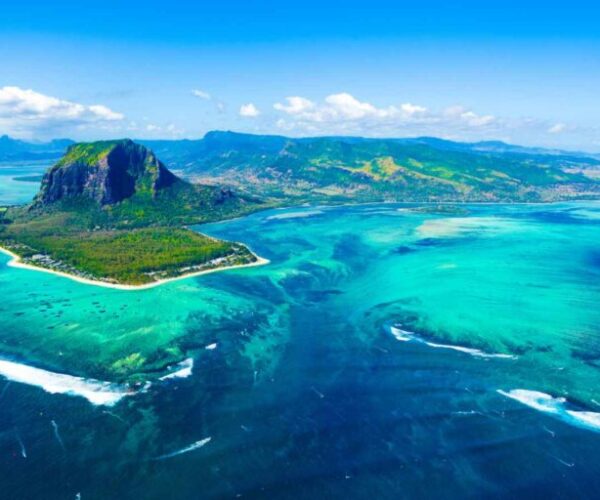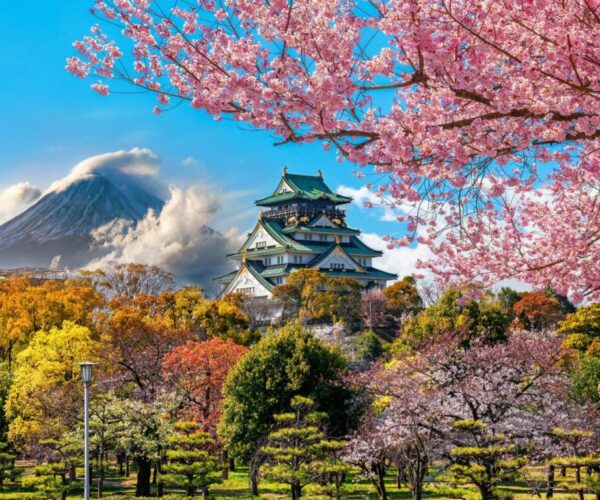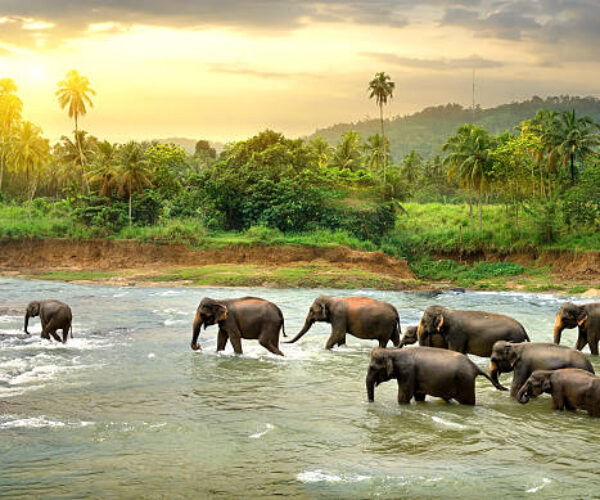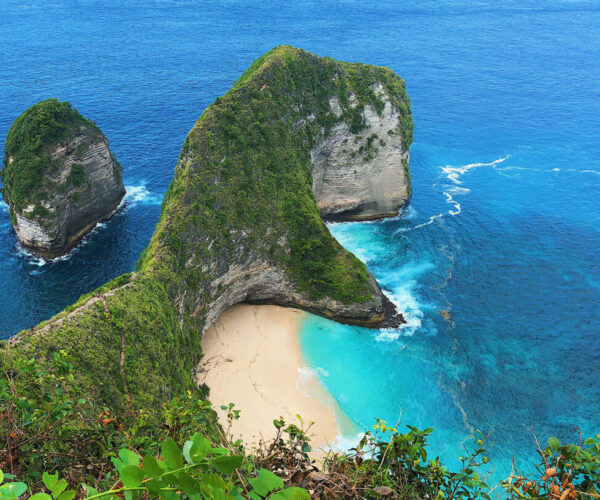Spiti Valley
Spiti Valley Tour Packages
Ancient Monasteries, Timeless Traditions
Send Us An Enquiry
Overview
Spiti Valley, often referred to as the “Middle Land” between Tibet and India, is a mesmerizing high-altitude cold desert located in the northeastern part of Himachal Pradesh, India. This remote and picturesque valley, situated at elevations ranging from 3,000 to 4,500 meters (9,800 to 14,800 feet) above sea level, is renowned for its breathtaking landscapes, rich cultural heritage, and unique experiences. It is a sought-after destination for travelers seeking both adventure and tranquility, offering an escape into a world where nature and spirituality blend seamlessly. Spiti Valley tours are popular for travelers looking to explore its remote beauty.
Villages in Spiti Valley: Gems of the High Himalayas
Spiti Valley is home to a number of remote and picturesque villages, each offering unique experiences and insights into the traditional Himalayan way of life. These villages, set against the backdrop of stunning landscapes, provide visitors with a glimpse into the cultural and natural richness of the region.
Kaza:
Situated at an altitude of approximately 3,800 meters (12,500 feet), Kaza is the administrative headquarters and largest town in Spiti Valley. It serves as the primary hub for travelers exploring the region, offering essential amenities, a vibrant market, and a gateway to various attractions and villages. Kaza is also the cultural center of Spiti, hosting numerous festivals and cultural events. The town provides a blend of modern and traditional experiences, making it a convenient base for further exploration.
Key Monastery:
Located about 14 kilometers (8.7 miles) from Kaza, Key Monastery is the largest and one of the most iconic monasteries in Spiti Valley. Perched on a hilltop, it offers stunning views of the surrounding landscape and houses a large collection of ancient Buddhist scriptures, murals, and thangkas, making it a highlight of Spiti Valley tour packages.
Kibber:
Situated at approximately 4,270 meters (14,009 feet), Kibber is one of the highest inhabited villages in the world. Kibber Wildlife Sanctuary is home to rare species like the snow leopard, Tibetan wolf, and blue sheep, making it a must-visit for wildlife enthusiasts.
Langza:
At an altitude of approximately 4,400 meters (14,435 feet), Langza is famous for its fossil-rich surroundings and the iconic Buddha statue overlooking the village. The area around Langza is rich in marine fossils, remnants of an ancient Tethys Sea.
Hikkim:
Situated at approximately 4,400 meters (14,567 feet), Hikkim is known for having the world’s highest post office. Visitors can send postcards from this extraordinary location. The village is known for its traditional mud-brick houses, which are built to withstand the harsh climatic conditions, and offers breathtaking views of the surrounding mountains and valleys.
Komic:
At an altitude of approximately 4,587 meters (15,050 feet), Komic is one of the highest motorable villages in the world. The village is renowned for its remote location and ancient monastery. The Komic Monastery, also known as the Tangyud Monastery, is one of the highest monasteries in India and offers a serene atmosphere for meditation,making it an ideal stop on a Spiti holiday adventure.
Tabo:
Situated at approximately 3,280 meters (10,760 feet), Tabo is known as the “Ajanta of the Himalayas” for its ancient monastery, which is over a thousand years old. The Tabo Monastery, founded in 996 AD, houses exquisite murals, frescoes, and ancient scriptures. Carved into the cliffside above the monastery, caves and meditation cells were historically used by monks for meditation and retreats.
Dhankar:
At an altitude of approximately 3,894 meters (12,774 feet), Dhankar is known for its spectacular location, perched on a cliff overlooking the confluence of the Spiti and Pin rivers. The ancient Dhankar Monastery offers stunning views and a rich history dating back over a thousand years. A moderate trek from the village leads to Dhankar Lake, a serene high-altitude lake providing picturesque scenery and a peaceful setting. Dhankar was once the capital of Spiti Valley, and its fort ruins are a testament to its historical importance.
Mud: Nestled in the heart of Spiti Valley, Mud Village, also known as Pin Valley, captivates with its traditional mud-brick houses and stunning Himalayan vistas. At an altitude of approximately 3,500 meters (11,483 feet), this picturesque settlement offers visitors an authentic glimpse into the Himalayan way of life.
Manali to Spiti Valley:
The route from Manali to Kaza, the main town in Spiti Valley, is an adventurous journey through rugged terrain and high-altitude passes. Travelers start by crossing the Atal Tunnel and enter Lahaul Valley. You cross the villages of Gramphu and Batal and can take a short detour to Chandratal Lake. The road then ascends Kunzum Pass (14931 feet) before descending to Losar and finally reaching Kaza. This approximately 200-220 kilometer journey takes around 8-10 hours, depending on road and weather conditions.
Shimla to Spiti Valley:
The journey from Shimla to Kaza via Kalpa and Tabo is an enchanting exploration of the diverse landscapes of Kinnaur Valley and Spiti Valley. Starting from Shimla, travelers head north towards Kalpa, a scenic town in Kinnaur District known for its apple orchards and stunning views of the Kinner Kailash range. From Kalpa, the route continues towards Nako, a tranquil village situated beside a serene lake at an altitude of 12,014 feet. Continuing onwards, the road leads to Tabo from where travellers can proceed to Kaza. This entire journey spans approximately 500-550 kilometers and takes around three days to complete
Spiti Through The Seasons:
The best time to visit Spiti is from June to September but it also depends on your preferences and interests as each season has something to offer. Spiti is a dry region and does not receive monsoons. Here’s what you can expect during each season:
Getting There
Reaching Spiti Valley involves navigating through challenging terrain, especially during the winter months when certain routes are closed due to heavy snowfall. Here’s how to reach Spiti:
By Road:
-
From Manali: The most popular route to Spiti Valley is via Manali. During the summer months (June to September), travelers can access Spiti Valley through the Manali-Leh Highway, which offers breathtaking views of the Himalayas. However, during the winter months (December to March), the Manali-Leh Highway is closed due to heavy snowfall, cutting off access to Spiti Valley from this route.
-
From Shimla: Another route to Spiti is via Shimla. The road from Shimla to Spiti Valley passes through Kinnaur District and remains open throughout the year, providing an alternative route during the winter months when the Manali-Leh Highway is closed. Travelers can opt for this route to reach Spiti Valley when the Manali route is inaccessible.
The best way to reach Manali/Shimla is to take a private bus/taxi or a state run bus from Delhi or Chandigarh.
Stay and Dining
We always encourage our guests to stay in a homestay in Spiti Valley. Staying in homestays in Spiti Valley offers a fantastic experience for several reasons. Firstly, it provides an authentic immersion into the local culture, allowing guests to truly understand customs and traditions. Moreover, Spitian hosts are known for their warm hospitality, ensuring guests feel welcomed and comfortable throughout their stay. The culinary experience is also exceptional, with guests treated to delicious Spitian cuisine prepared with locally sourced ingredients. Additionally, homestays offer a personalized experience, allowing guests to engage in local activities and forge meaningful connections with their hosts. Choosing homestays also supports the local community by contributing directly to their livelihoods and fostering sustainable tourism practices. Furthermore, many homestays prioritize eco-friendly initiatives, minimizing environmental impact and promoting responsible travel.
Food: Indulge in traditional dishes like Thukpa, Momos, Tingmo and Tsampa. In Kaza, you can find a lot of cafe’s serving western cuisine

